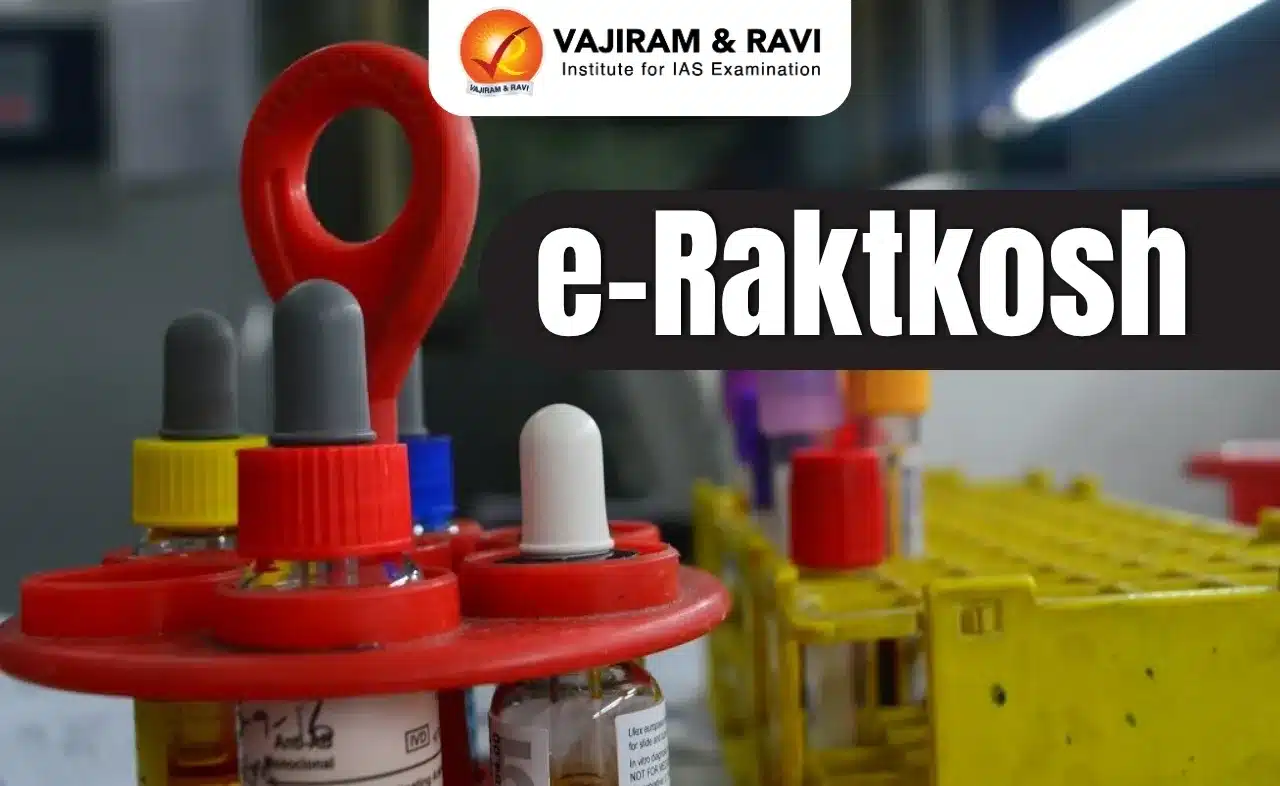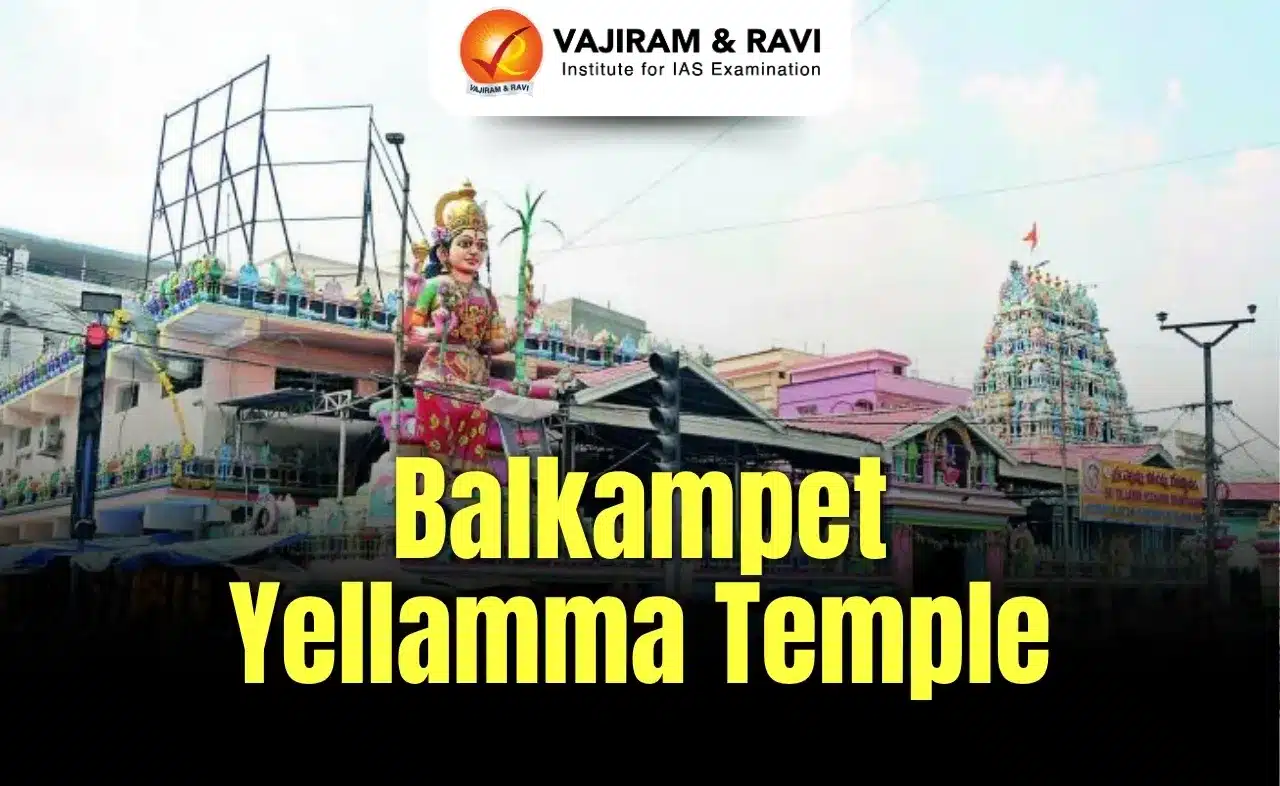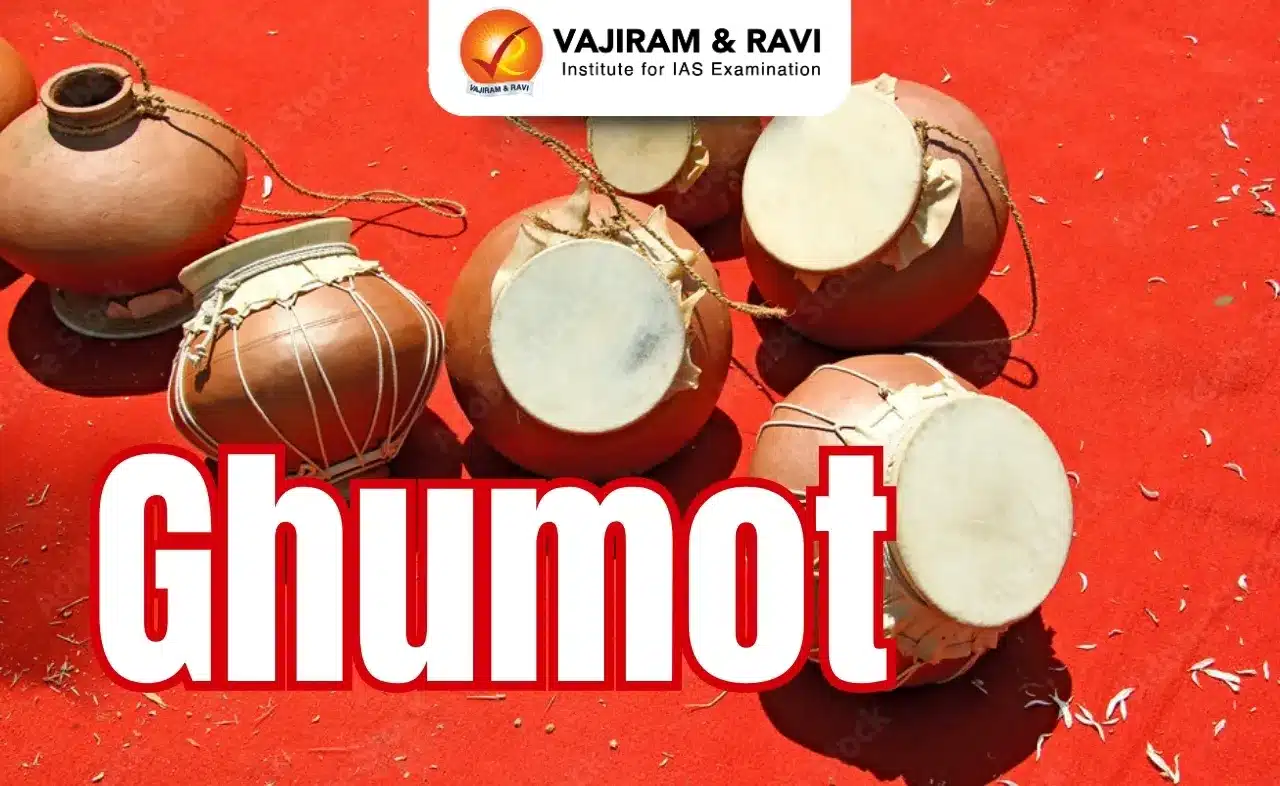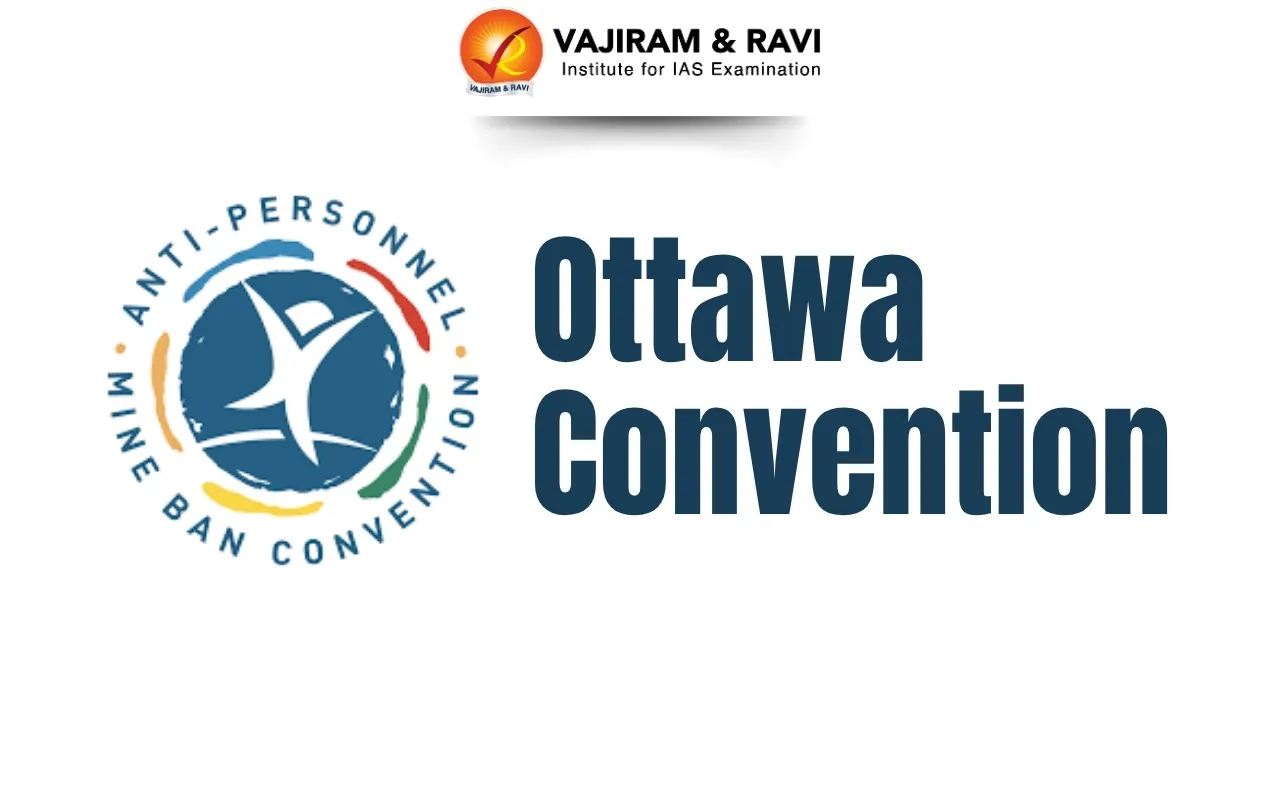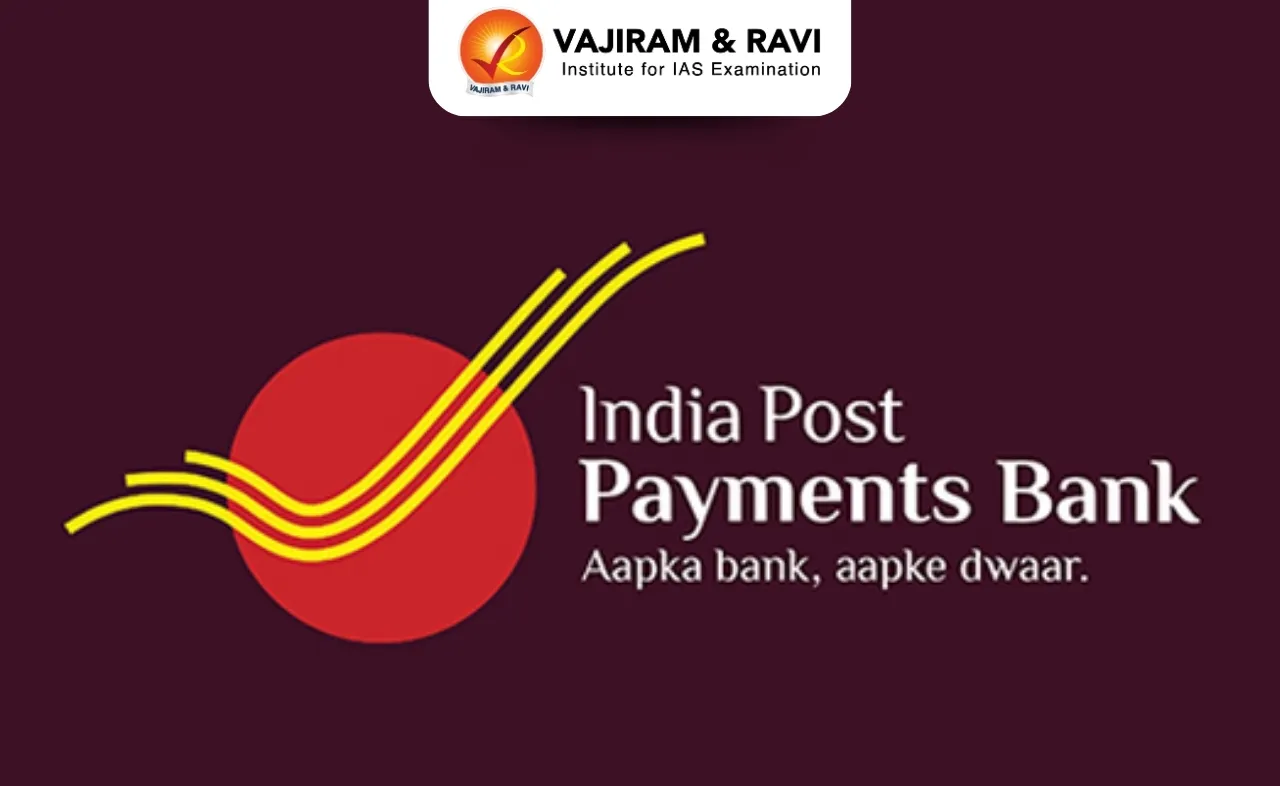e-Raktkosh Latest News
The Central Health Ministry is looking at integrating the country’s Rare Donor Registry with the national online platform for blood bank management and blood availability information called e-Rakt Kosh.
About e-Raktkosh
- It is an online blood bank management system implemented under the National Health Mission.
- It is the official portal for all blood-related services in India.
- It provides details on blood availability, blood banks, and blood donation camps across the country.
- More than 3800 blood centers are registered on e-Raktkosh from across the country.
- It has been developed by the Centre for Development of Advanced Computing (C-DAC).
- It has been developed with a modular and scalable approach with configurable rule-based architecture, allowing customization to easily incorporate specific requirements from nationwide stakeholders.
e-Raktkosh Objectives
- Safe and Adequate Blood Supplies
- Reduced Turnaround Time
- Preventing Wastage of Blood
- Restrict Professional Donors
- Networking of Blood Banks
- Donor Repository
e-Raktkosh Features
- Web-Based Application
- Aadhar Linkage
- Decision Support
- Enforces Guidelines
- Dashboard
- Statutory Reports
e-Raktkosh's Six Major Components for Management of the Blood Donation Life Cycle
- The biometric Donor Management System for identifying, tracking, and blocking donors based on the donor's health, donation history, etc.
- It provides features such as blood grouping, TTI screening, antibody screening, component preparation, etc., as per the defined processes and rules.
- A centralized Blood Inventory Management System for keeping track of the blood stock across numerous blood banks.
- Bio-Medical Waste Management System for disposal of discarded blood and other waste generated during this process.
- Generation of rare blood group donor registries and the generation of regular repeat donors.
- Alert and Notification System.
Source: TH
e-Raktkosh FAQs
Q1: What is the primary objective of the e-Raktkosh portal?
Ans: To ensure safe and adequate blood supplies across the country.
Q2: Which organization developed the e-Raktkosh platform?
Ans: Centre for Development of Advanced Computing (C-DAC)
Q3: e-Raktkosh is implemented under which mission?
Ans: National Health Mission
Q4: How many blood centers are approximately registered on e-Raktkosh across India?
Ans: More than 3800

